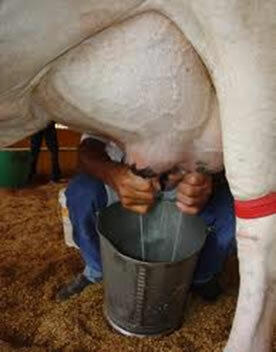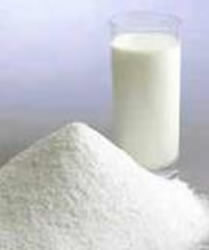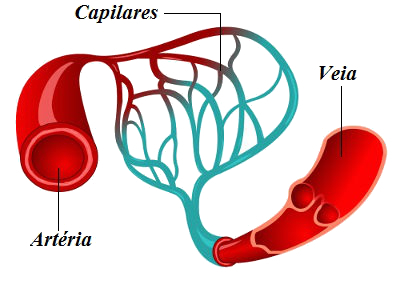O milk it is a whitish food produced by the mammary glands of female mammals. The type of milk and its constitution will depend on the species of mammal. Goat's milk is different from cow's milk, which is also different from a woman's milk, and so on.
The consumption of milk by a human baby is very important, as it is in the mother's milk that he will find all the nutrients necessary for its growth and development, in addition to being free from disease and infections.

Breast milk is very important for the baby's health
After we stop nursing mom, it is very important that we continue to drink milk, and the milk we consume most is milk produced by the cow. In the composition of cow's milk we find water, proteins, fat, minerals and vitamins, very important nutrients for our health.
The milk produced by the cow is classified into type A, type B and type C, according to the amount of microorganisms present in the milk, with the three types of milk going through a process called pasteurization. THE pasteurization it is a process during which the milk is subjected to a very high temperature for a few seconds and then cooled. This process causes harmful microorganisms to be destroyed.

We call milking the removal of milk from the cow's teats. In the figure above we can see the mechanical milking
O type A milk It is removed from the cow's teats mechanically, being pasteurized and packaged on the farm.
O type B milk it is also removed from the cow's teats mechanically, but soon after it is removed, the milk is taken by refrigerated trucks to the place where it will be pasteurized and packaged.
O type c milk can be removed from the cow's teats manually or mechanically. The milk, after being removed from the cow, is taken at room temperature, that is, without the necessary refrigeration, to the place where it will be pasteurized and packaged. As it is not transported in refrigerated trucks, this milk can contain a very high amount of microorganisms.

In manual milking, the milk comes into contact with the environment, which can increase the amount of microorganisms in the milk
When we go to the supermarket we find whole milk and skim milk, but do you know the difference between them?
O whole milk It is a high-fat milk and is a good choice for growing children and adolescents who need a diet rich in vitamins and minerals. already the skimmed milk it has far less fat than whole milk, and is consumed more by dieters.
On supermarket shelves we can also find other types of milk, such as fortified with vitamins, fortified with calcium and fiber, among many other types.
O powdered milk it is nothing more than dehydrated liquid milk. To turn it into powder, liquid milk goes through a slow drying process to remove the water without harming the proteins and fat, both found in milk.

Powdered milk contains the same nutrients as milk in liquid form.
By Paula Louredo
Graduated in Biology



